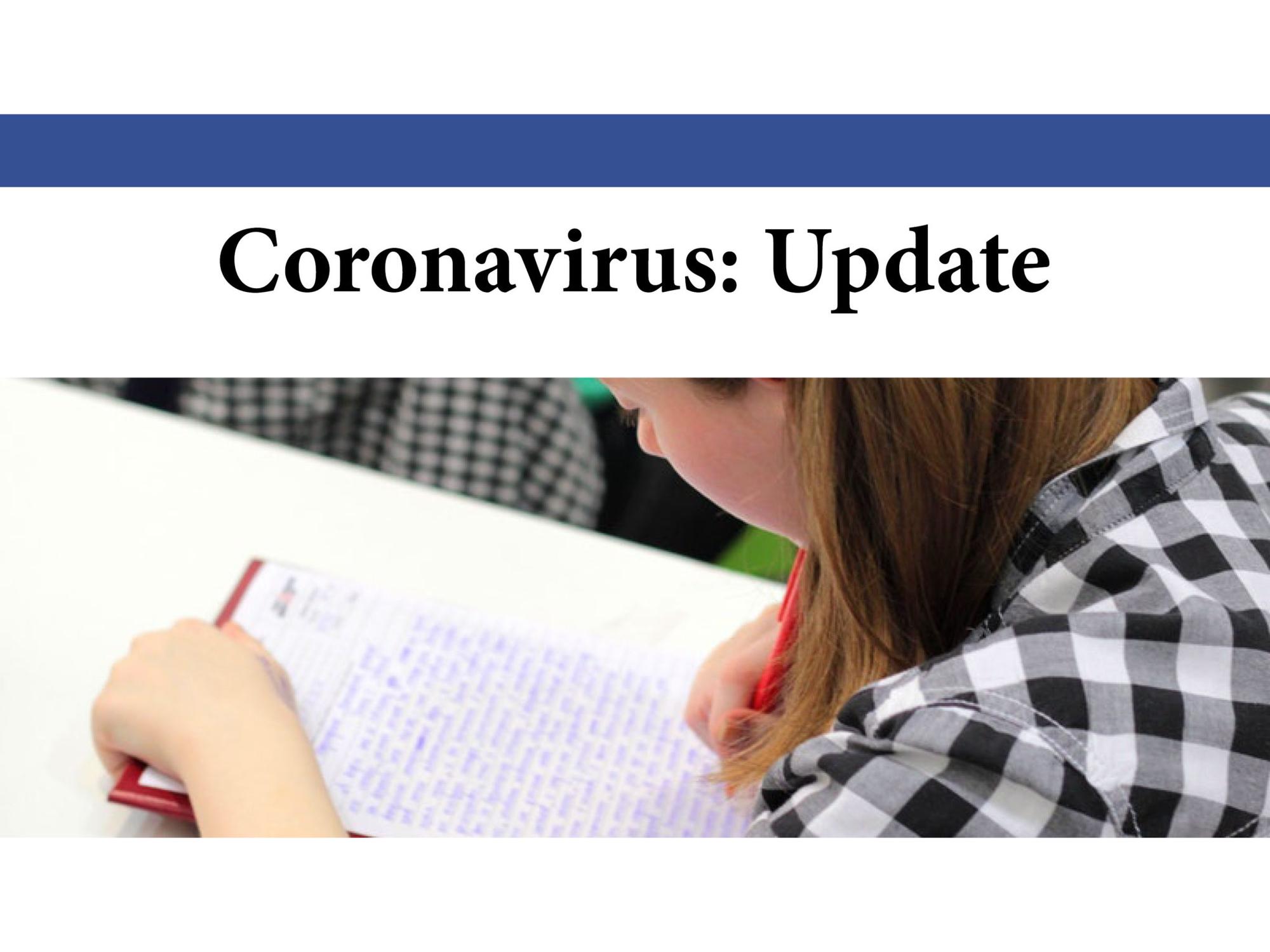As more students return to class today, the Ontario government is providing an additional $381 million, provided through the federal Safe Return to Class Fund, to keep schools safe from COVID-19. Although transmission in schools has been low, this funding will be used to improve air quality and ventilation in schools, support online learning, promote student mental health and hire additional staff. With this new funding, schools will have been provided with more than $1.6 billion to better protect students, staff, and families.
“To protect Ontario students and staff, and with the aim of reopening all schools, we have again strengthened our plan with tougher measures and new investments,” said Education Minister Stephen Lecce. “We agree with parents and medical experts that kids need to be learning in class – alongside their friends and teachers – as it is crucial for their mental wellbeing and development. We will continue to follow expert medical advice and work to get all schools open, for children in all regions of our province.”
Ontario’s plan to safely reopen schools draws on the advice of leading health experts and the best available data. Ontario’s Chief Medical Officer of Health and leading medical and scientific experts, including the Hospital for Sick Children, support the safe return to in-person learning for students and staff and are encouraged by Ontario’s experience in safely reopening schools in September. This was evidenced in the data on COVID-19 cases in schools during the Fall, at a time of lower community transmission.
As of February 1, 2021, more than 520,000 students across Ontario will be able to learn in-person. To support their safe return, and on the best advice of experts, Ontario is introducing additional measures to further protect students and staff, including:
- Provincewide access to targeted asymptomatic testing for students and staff, using a combination of lab-processed PCR and rapid antigen tests;
- Mandatory masking for students in Grades 1-3, including outdoors where physical distancing cannot be maintained;
- Enhanced screening of secondary students and staff;
- New guidance discouraging students from congregating before and after school; and
- Temporary certification of eligible teacher candidates who are set to graduate in 2021 to stabilize staffing levels, following high levels of absenteeism.
“With these enhanced measures, we are making good progress towards a province-wide return to in-person learning, while keeping the safety of children, teachers and schools at the forefront,” said Dr. David Williams, Chief Medical Officer of Health. “Moreover, I am pleased to be getting more children back in class, which greatly benefits their development and well-being.”
Teachers and staff will be provided clear direction to discourage students from congregating and to ensure that all school safety guidance is followed. With the requirements for masking in schools being expanded, parents/guardians are expected to provide masks for their children to attend school each day. To ensure a back up supply is available if needed, the Government of Ontario will be providing an additional 3.5 million masks for students with a high-quality standard.
Targeted asymptomatic testing has helped to identify cases early, inform public health action, and manage outbreaks. Expanding access to targeted asymptomatic testing will be a valuable tool for local public health units and schools. To support the expansion of targeted asymptomatic testing, the Ministry of Education has procured test collection capacity for up to 50,000 tests per week, to be deployed at the discretion of local public health units in collaboration with schools.
To address labour needs and high rates of staff absenteeism, the Ministry of Education has worked with the Ontario College of Teachers to introduce a new temporary certificate to help stabilize staffing levels in our schools. This will allow school boards to employ eligible teacher candidates when there are no occasional teachers available from their current lists. With this important change, we are helping schools with operational challenges to remain open. This decision underscores the shortage of available certified teachers in the province, following the hiring of over 3,300 net new temporary teaching positions.
To support families of eligible front-line workers in areas where elementary school is not returning to in-person learning on February 1, 2021, emergency child care will continue. Additional categories of workers eligible for emergency child care came into effect on January 27, 2021.


